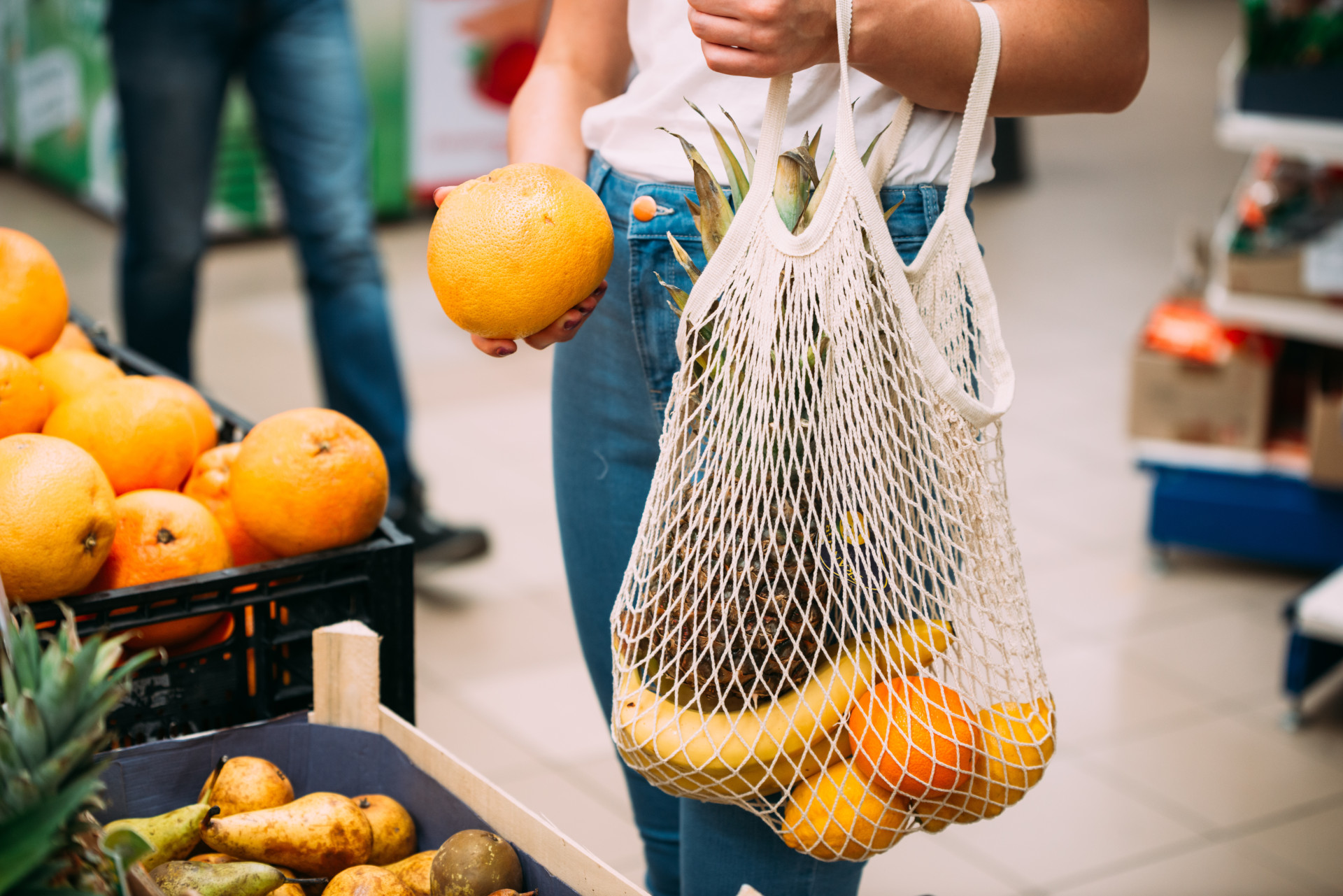
In an era where environmental consciousness is paramount, transitioning to a plastic-free grocery shopping routine is a significant step toward a sustainable lifestyle. This guide offers practical tips to help you minimize plastic use and move toward a zero-waste kitchen.
1. Bring Your Own Reusables
Start by equipping yourself with reusable items:
-
Cloth Shopping Bags: Durable and washable, these bags are perfect for carrying groceries.
-
Mesh Produce Bags: Ideal for fruits and vegetables, they replace single-use plastic produce bags.
-
Glass or Stainless Steel Containers: Useful for bulk items like grains, nuts, and spices.
Bringing your own containers not only reduces plastic waste but also encourages mindful shopping.

2. Shop in Bulk
Bulk shopping allows you to purchase the exact amount needed, reducing both packaging waste and food waste.
-
Dry Goods: Items like rice, pasta, and legumes are often available in bulk.
-
Spices and Herbs: Buying in small quantities ensures freshness and reduces waste.
Remember to label your containers with the product name and code for easy checkout.

3. Choose Plastic-Free Packaging
When bulk options aren’t available, opt for products packaged in recyclable or compostable materials:
-
Glass Jars: Reusable for storage or DIY projects.
-
Metal Cans: Easily recyclable and often used for canned goods.
-
Paper Packaging: Compostable and recyclable, suitable for items like flour or sugar.
Avoid items wrapped in plastic whenever possible.

4. Support Local and Farmers’ Markets
Local markets often offer fresh produce without excessive packaging.
-
Seasonal Produce: Buying seasonal reduces the need for storage and packaging.
-
Direct from Producers: Engaging with local farmers can lead to opportunities for bulk purchases and reduced packaging.
Supporting local markets not only reduces plastic use but also bolsters the local economy.

5. Plan Your Meals
Meal planning helps in purchasing only what you need, reducing both packaging and food waste.
-
Create a Shopping List: Stick to it to avoid impulse buys often wrapped in plastic.
-
Prepare Meals in Advance: Use your reusable containers to store prepped meals, reducing the need for packaged convenience foods.
A well-thought-out plan leads to efficient shopping and less waste.

6. Compost Food Scraps
Instead of throwing away food scraps, compost them:
-
Kitchen Compost Bin: Keep a small bin for scraps like vegetable peels and coffee grounds.
-
Community Composting: If you lack space, look for local composting programs.
Composting reduces landfill waste and creates nutrient-rich soil.

7. Educate and Advocate
Share your plastic-free journey with others:
-
Social Media: Post tips and successes to inspire friends and family.
-
Community Groups: Join local environmental groups to learn and share strategies.
Collective efforts amplify the impact of individual actions.

Conclusion
Transitioning to plastic-free grocery shopping is a journey of conscious choices. By bringing your own containers, shopping in bulk, choosing sustainable packaging, supporting local markets, planning meals, composting, and educating others, you contribute to a healthier planet. Every small step counts toward a significant environmental impact.





